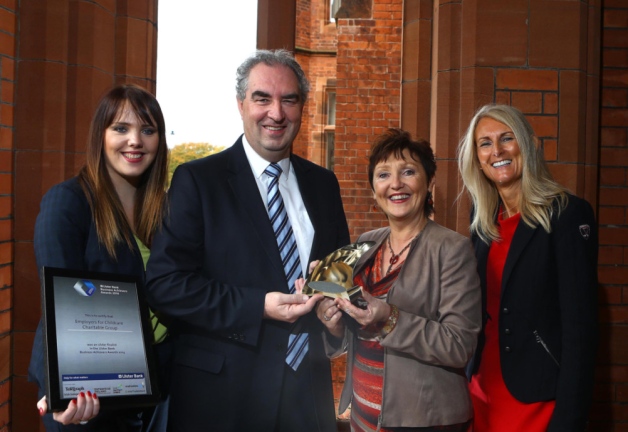Home
About Us
Page 2
c) To be able to enter any relevant case information related to unidentified remains into the National Missing and Unidentified Persons System (NamUs), as deemed appropriate by any of the eligible submitting agencies.
|
|
In essence, this program was also established to support the emerging improvement in newer DNA technologies which are understood to have substantially increased the successful analysis of aged, degraded, limited, or otherwise compromised biological evidence.
To support the initiatives under the Using DNA Technology to Identify the Missing Program, the Office of Justice Programs is set to administer grants in the amount of $3,000,000.
The OJP will be providing funding to the awardees for a time period ranging from 18 months to three years.
The institutions and organizations who will be assumed eligible to submit an application under this program are the following:
a) Private and Public Non-profit entities
b) State and Local Governments
c) Indian Tribal Governments and Organizations
d) Faith-based Organizations
e) Community-based Organizations
f) Institutions of Higher Education
g) Private and Public Colleges and Universities
h) Independent School Districts
The Department of Justice, the mother agency funding the program in focus, is the country's premiere agency intended to ensure public safety against foreign and domestic threats, provide Federal leadership crime prevention, and finally, ensure fair and unbiased administration of justice in all of America.
Using DNA Technology to Identify the Missing Program
Back to Page 1
About The Author Michael Saunders is an editor of TopGovernmentGrants.com one the the most comprehensive Websites offering information on government grants and federal government programs. He also maintains Websites providing resources on environmental grants and grants for youth programs. |
Additional Resources
category - Civic Engagement Grants
Scale-Up of Care and Support Services for Orphans and Vulnerable Children in Nigeria
Health Resources and Services Administration's Licensure Portability Grant Program
National Science Foundation: Ocean Acidification
Coastal Impact Assistance Program
Follow @topgovtgrant
Social Entrepreneurship
Spotlight
Childcare Charitable Group Named Top Social Enterprise

Employers For Childcare Charitable Group (EFCG), a Lisburn-based charity, has been crowned top Social Enterprise at the Ulster Final of 2014’s Ulster Bank Business Achievers Awards. EFCG seeks to “make it easier for parents with dependent children to get into work and to stay in work.”
